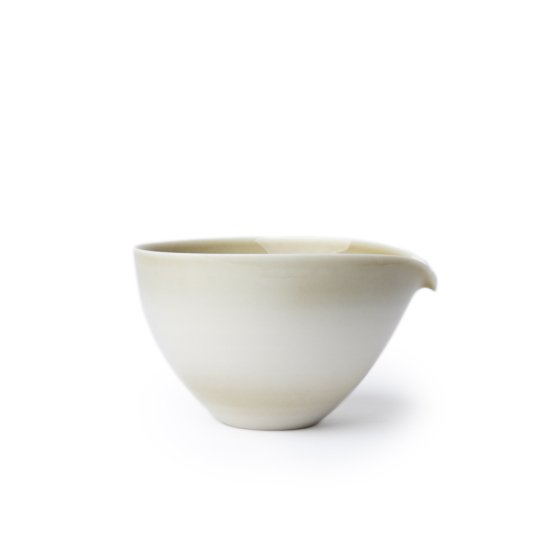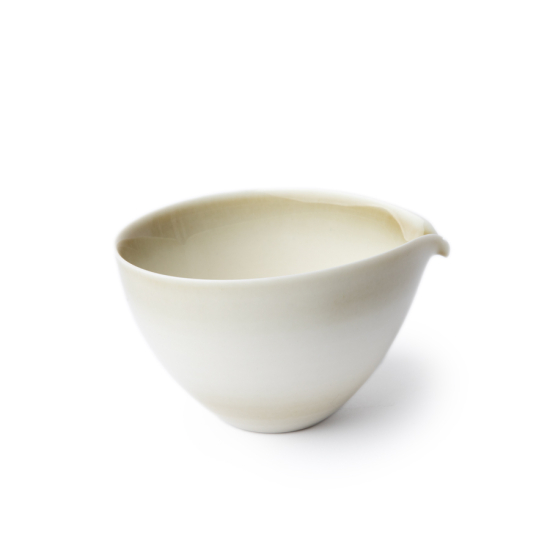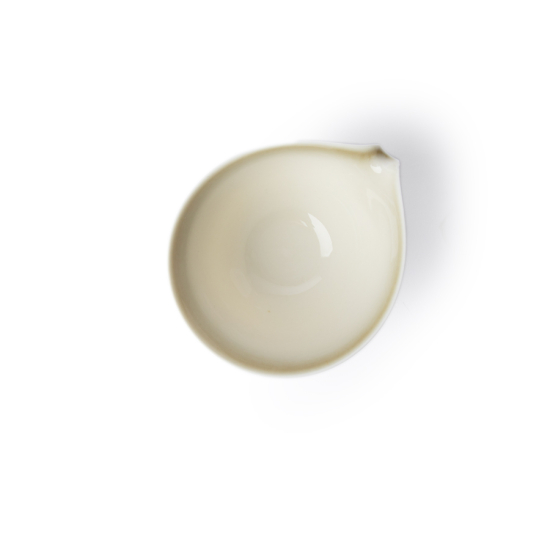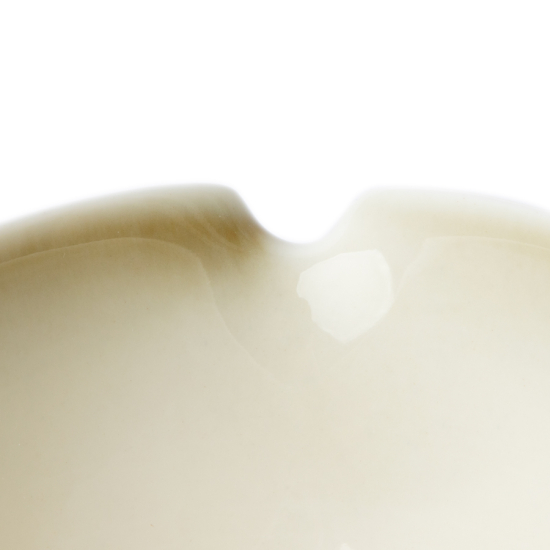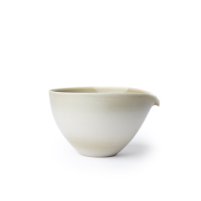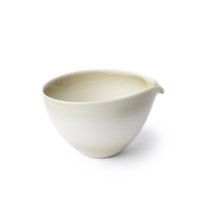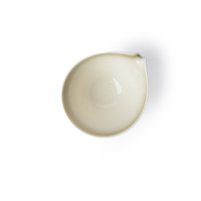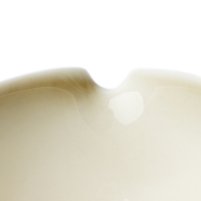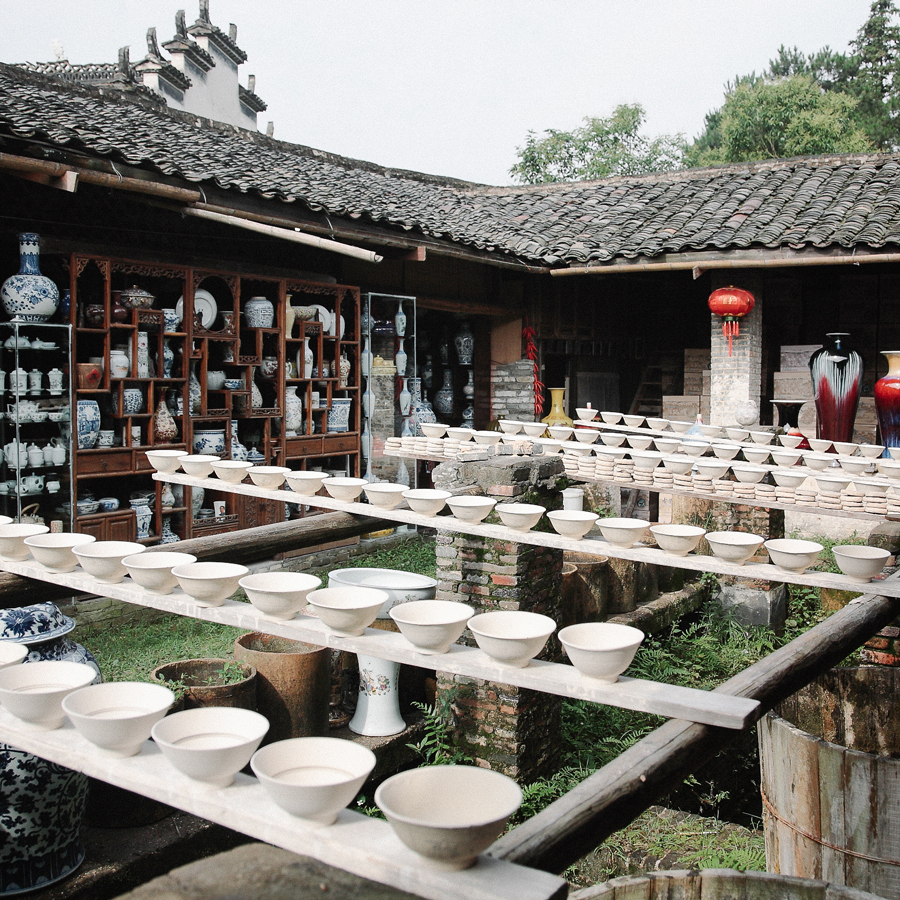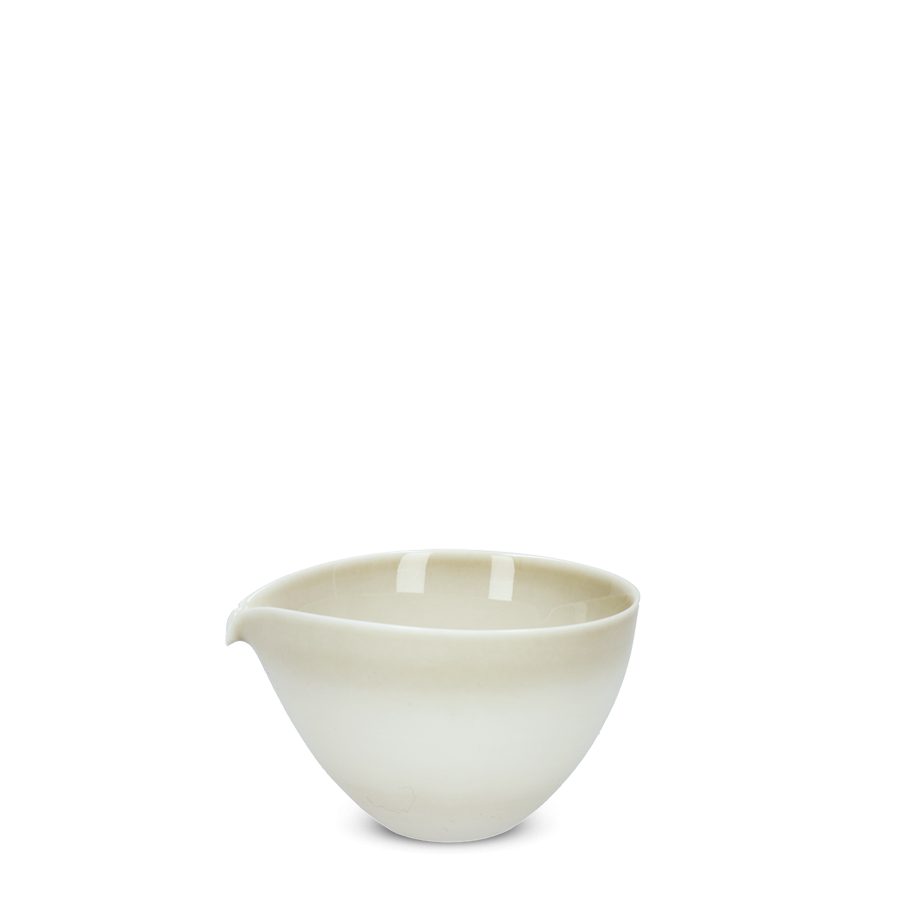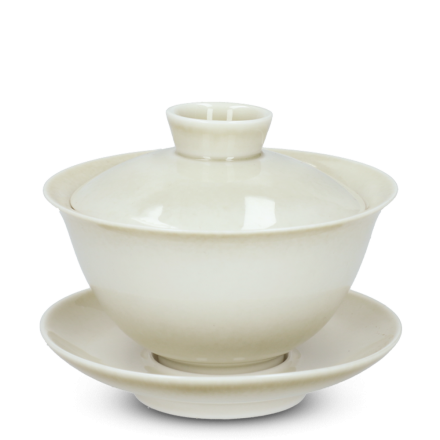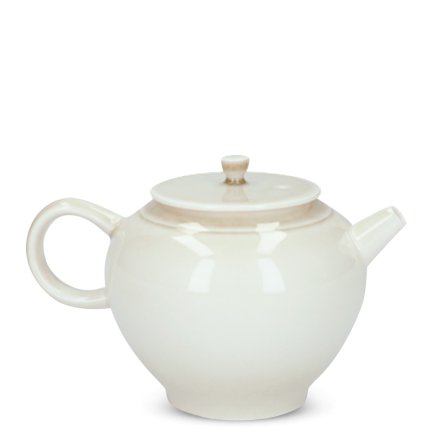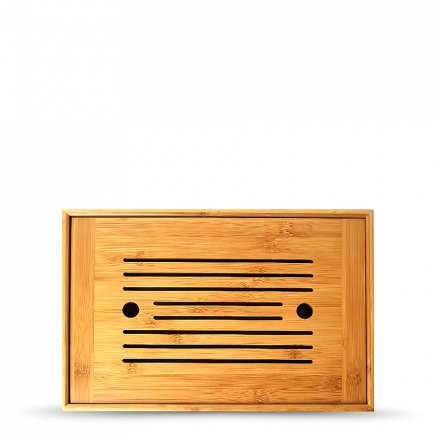Revered for its likeness to jade, celadon ceramics, also known as greenware, have been produced in China as far back as the Shang dynasty (1600-1046 BC). Traditional celadon glazes contain iron oxide, which transform into various lustrous shades of green – from deep olive to the palest blue- and grey-greens – when fired at high temperatures in a reduction oven. Celadon wares dominated the East Asian ceramic landscape for centuries, reaching its peak during the Song Dynasty (960-1279), after which blue-and-white Jingdezhen porcelain took pride of place.
Gong Dao Bei
Celadon
Jingdezhen
SKU
7242
Elegant celadon Gong Dao Bei pitcher in an off-white ash glaze with a hint of jade, handmade in Jingdezhen: the legendary porcelain capital of China. Perfect for daily use and Gong Fu brewing.
| Product | Gong Dao Bei pitcher |
|---|---|
| Origin | Jingdezhen, Jiangxi, China |
| Dimensions | L10cm x W8.5cm x H6cm |
| Volume | 150ml |
| Material | Porcelain |
| Glaze | Celadon ash glaze |
Each item is handmade and unique therefore measurements are approximate



